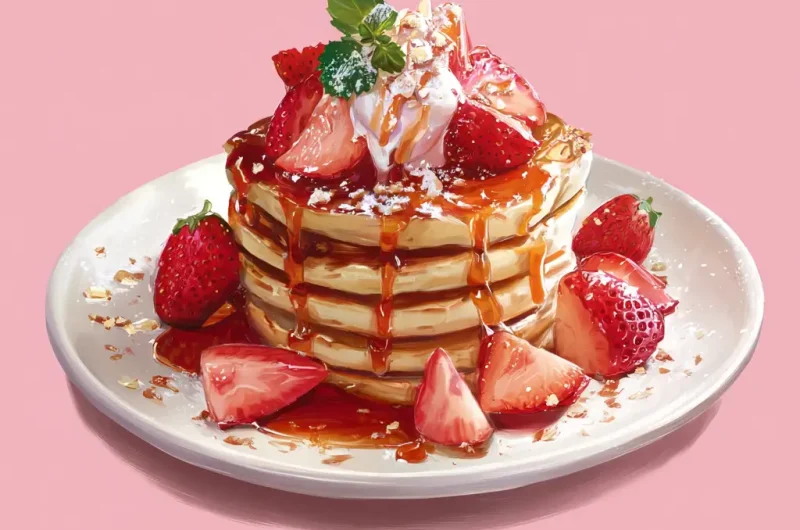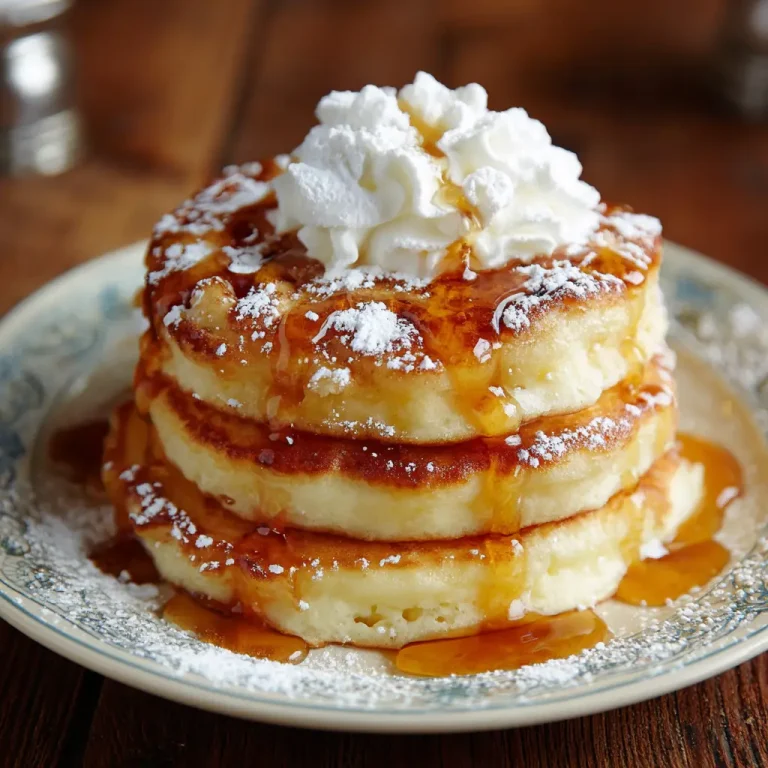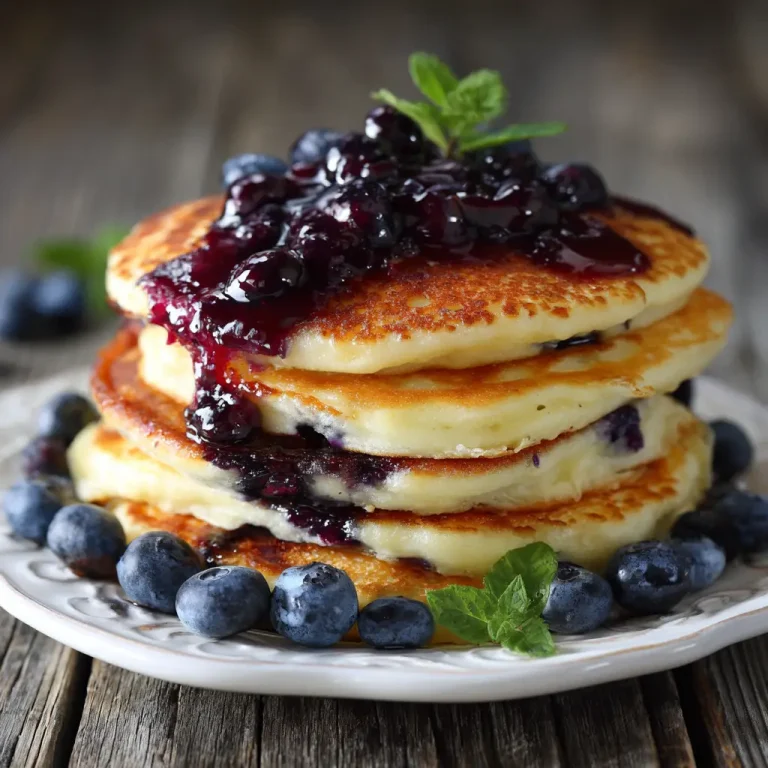Pancake Recipe Guide: Easy, Fluffy, and Delicious Homemade Pancakes
Introduction
Morning kitchens glow with warmth when pancake batter meets a hot skillet. Soft golden rounds rise with gentle steam. Every bite brings comfort into a moment. Simple flour milk egg and a touch of butter transform into a stack that feels like care on a plate. Bringing that magic into your home gives rhythm to breakfast. Mixing ingredients teaches patience. Flipping pancakes builds confidence. Sharing stacks invites joy. Ingredient pantry staples become a soft canvas for flavor and creativity. Every kitchen smells inviting. Every bite reminds you that small rituals can brighten days. Pancakes carry comfort. They carry memory. They invite you to linger at the table. Learning to make them well gives quiet pride. Sharing them gives quiet celebration. Everyday magic thrives in simple cooking. Pancakes are proof.
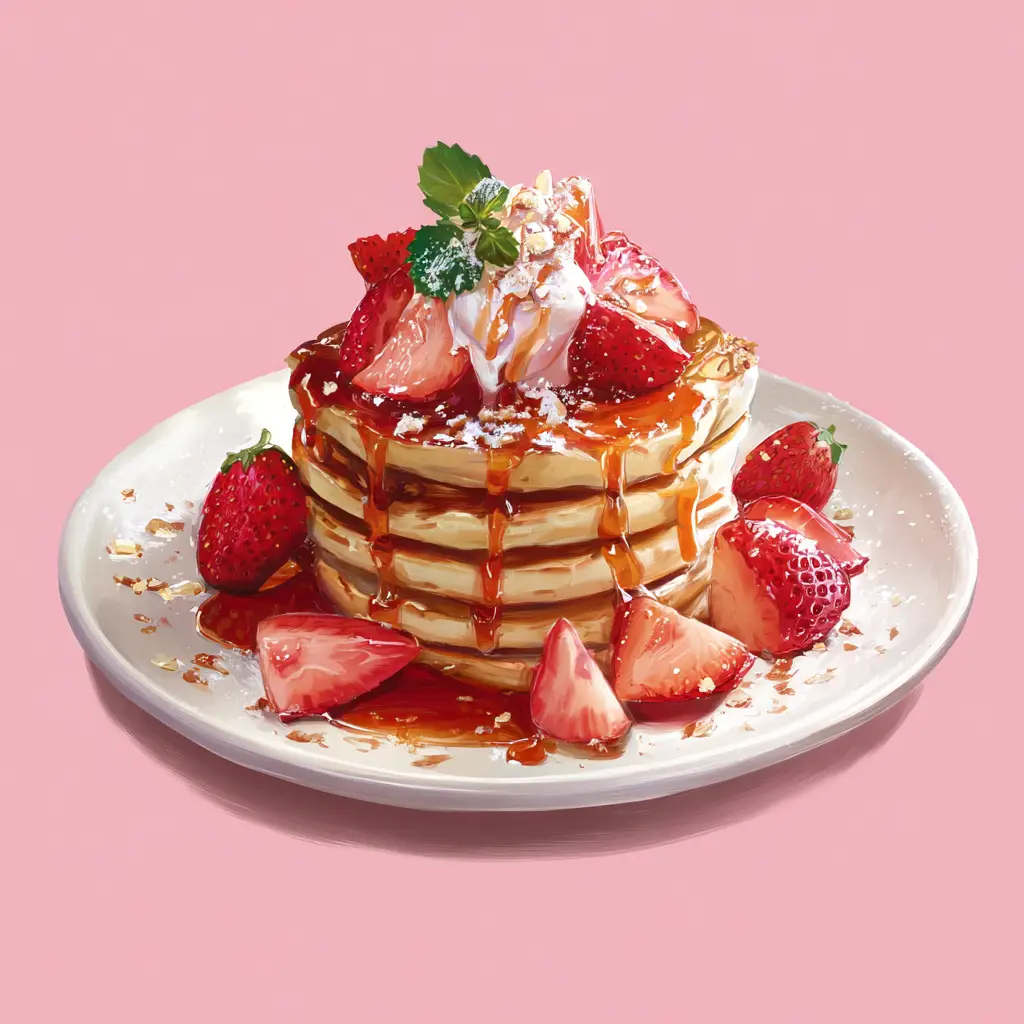
Ingredients Needed
Here is a clear table listing ingredients along with approximate calorie counts for each common amount.
| Ingredient | Amount | Approximate Calories |
|---|---|---|
| All purpose flour | 1 cup | 400 cal |
| Granulated sugar | 1 tablespoon | 48 cal |
| Whole milk | 1 cup | 150 cal |
| Large egg | 1 | 70 cal |
| Butter or oil | 1 tablespoon | 110 cal |
| Baking powder | 2 teaspoons | 0 cal |
Quantities may vary slightly by brand. Flour brings structure. Sugar adds gentle sweetness. Milk softens. Egg binds. Fat gives tenderness. Leavening lifts. Calories reflect common estimates at typical amounts.
Step by Step Cooking Instructions
Start by measuring flour sugar and baking powder into a mixing bowl. Whisk to combine so the dry base is even. In a separate bowl crack the egg and beat it lightly. Pour in milk and whisk until smooth. Add melted butter or oil to the wet mix. Stir gently. Pour wet into dry. Mix with care. A few small lumps remain. Do not overmix. Let batter rest briefly while heating a nonstick skillet over medium heat. Light brush of butter or oil warms the surface. Pour batter by quarter cup or whichever scoop feels right. Watch small bubbles form at the surface. Edges firm up. Time the flip. Use a spatula gently. Cook until the second side turns golden. Lift a cooked pancake to check the color. Adjust heat if browning comes too fast. Keep cooking the rest of the batter. Serve warm. Clean your tools as you go for calm cooking.
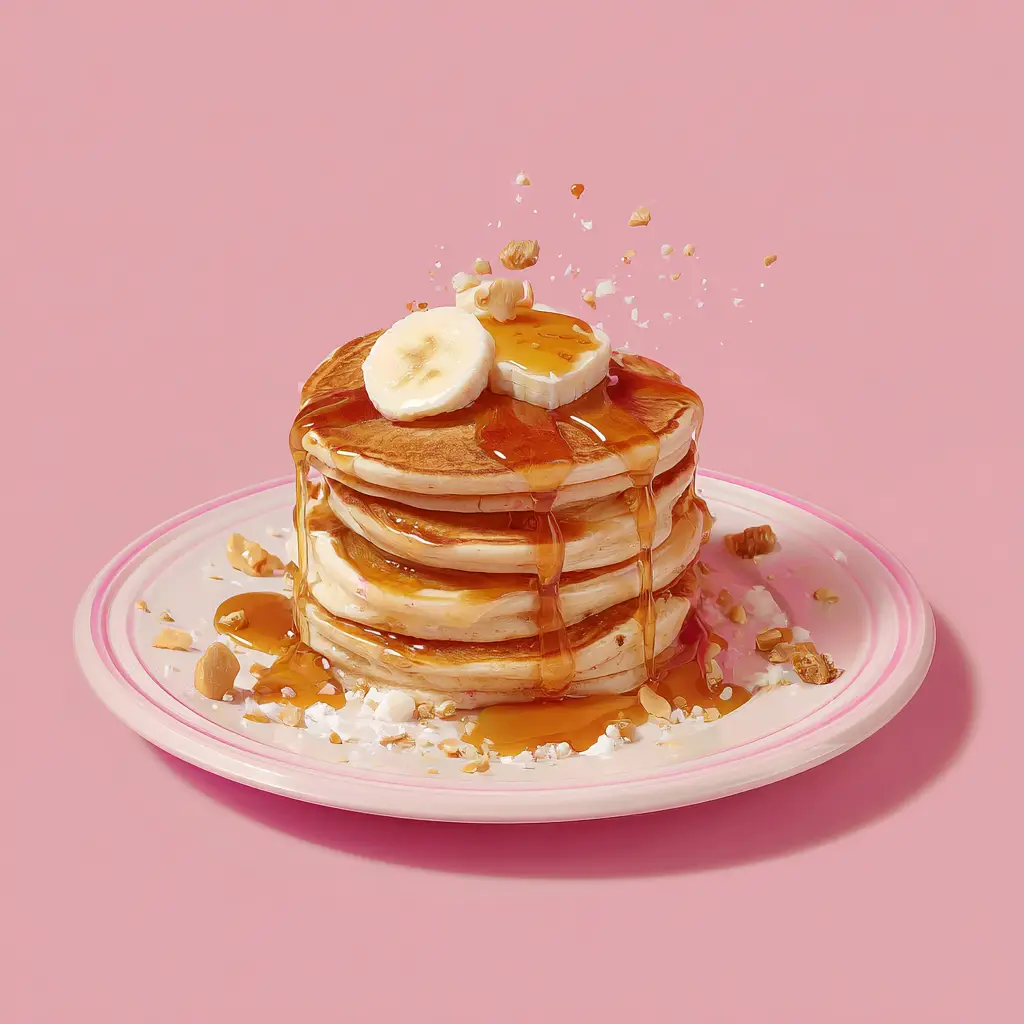
Tips for Customizing the Recipe
Make pancakes with whole wheat flour for a nutty flavor and extra fiber. Turn them lighter by using low fat or plant based milk. Adding mashed banana or grated apple into the batter brings natural sweetness and moisture. Fold in fresh blueberries strawberries or chocolate chips just before cooking for bursts of flavor. Sprinkle cinnamon or nutmeg into the batter for cozy aroma. Stir in vanilla extract for warmth. To make them savory try shredded cheese or chopped herbs. Top savory pancakes with poached eggs or avocado for a brunch treat. For protein boost mix in yogurt or a scoop of protein powder and adjust milk to keep batter smooth. A pinch of salt enhances flavor in any version. Leave batter to rest ten minutes to help gluten relax and encourage fluffiness. Cook on medium low heat for even cooking and golden color. These options let you move easily from breakfast stack to protein rich plate or wholesome snack.
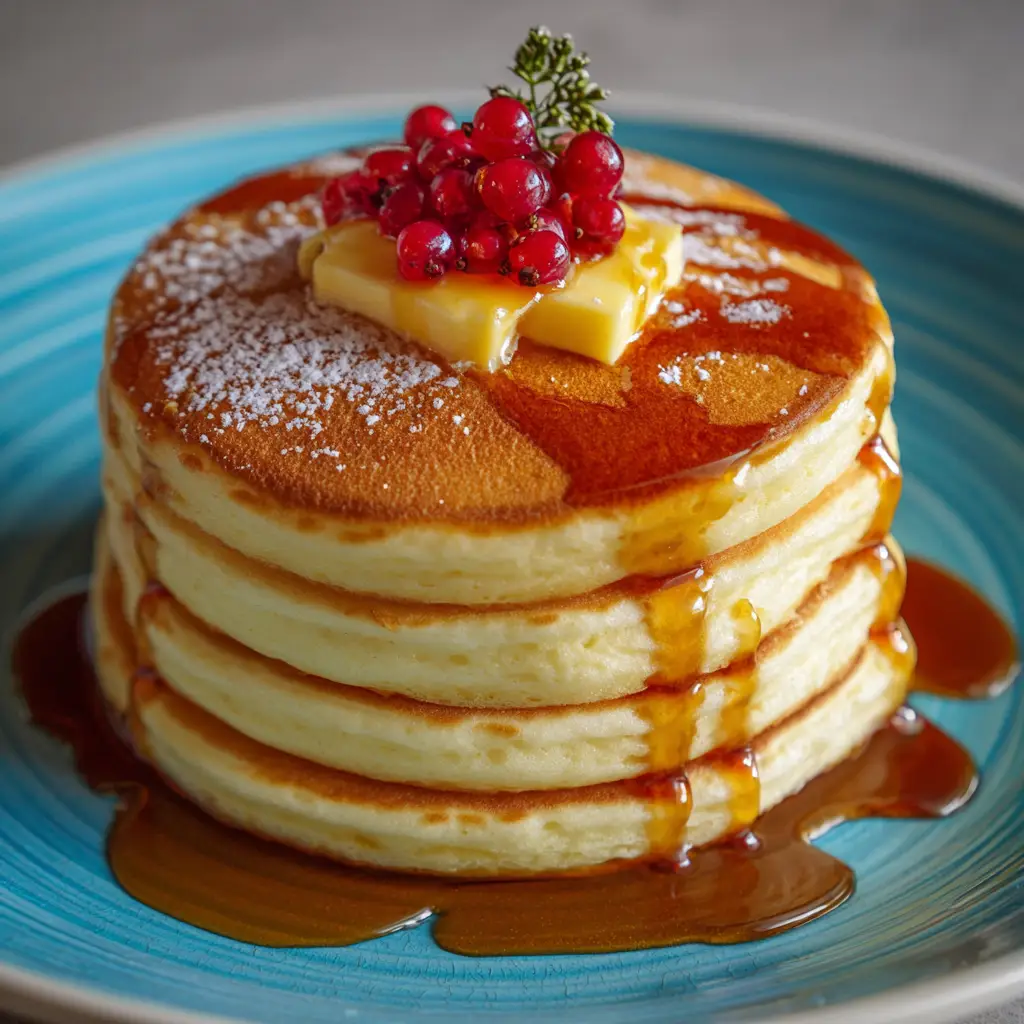
Nutritional Information
Typical standard pancakes using white flour whole milk egg and butter range around 430 calories for two medium sized pancakes topped with a teaspoon of butter and a drizzle of syrup. Whole wheat versions may fall closer to 350 to 380 calories while adding fiber and a little more protein. Using low fat milk or plant based options can reduce calories further. A homemade pancake alone without toppings is about 150 calories each. Carbohydrates make up most of that energy. Protein comes from egg and milk. Fat comes from added butter or oil. Fiber remains low unless whole grain is used. Choosing lighter toppings and mindful portions keeps a stack reasonable. For example a cup of mixed berries adds about 60 calories while boosting vitamins and fiber. Greek yogurt adds protein at about 100 calories per half cup. Nut butter brings richness and healthy fats though that adds more energy. Adjust quantities to your needs and preferences. Knowing rough numbers helps you enjoy pancakes through any diet or moment.
Serving Suggestions
Warm pancakes welcome classic toppings. Pour maple syrup over stacks and let it soak in. Add fresh fruit like berries banana slices or peach slices for color. Spoon Greek yogurt into the middle for creamy contrast. Sprinkle chopped nuts or granola for crunch. Dust with a pinch of powdered sugar or cinnamon for simple charm. Serve alongside scrambled eggs bacon or sautéed greens for a hearty breakfast plate. Build savory stacks. Top with avocado slices poached egg and herbs. Dollop ricotta with honey and lemon zest for subtle brightness. Drizzle almond butter or fruit compote for sweet layered flavors. Present pancakes on a wooden board or warm plate to welcome gathering. Let people pass around bowls of toppings. That sharing moment makes breakfast feel like connection. Pancakes become more than food.
Pancake Recipe Guide: Easy, Fluffy, and Delicious Homemade Pancakes
Course: Blog4
servings10
minutes15
minutes300
kcalIngredients
1 cup all-purpose flour
1 tablespoon granulated sugar
2 teaspoons baking powder
1 large egg
1 cup whole milk (or preferred milk)
1 tablespoon melted butter or oil
A pinch of salt
Butter or oil for cooking
Directions
- In a large mixing bowl, whisk together flour, sugar, baking powder, and salt.
- In a separate bowl, beat the egg. Add milk and melted butter. Mix well.
- Pour the wet ingredients into the dry. Stir gently until just combined. Do not overmix.
- Let the batter rest for 5–10 minutes while heating your pan.
- Preheat a nonstick skillet over medium heat. Lightly grease with butter or oil.
- Pour about ¼ cup of batter per pancake into the skillet.
- Cook until bubbles form on the surface and the edges look set. Flip carefully.
- Cook the second side until golden brown. Repeat with remaining batter.
- Serve warm with your favorite toppings.
Recipe Video
Notes
- Batter should be a little lumpy. Overmixing leads to flat pancakes.
For extra flavor, add a dash of vanilla or cinnamon.
Swap milk with almond, oat, or soy milk for a dairy-free version.
FAQs
How can I make pancakes light and fluffy?
Use fresh baking powder. Mix dry and wet separately. Stir batter just until combined. Rest the batter ten minutes. Cook on medium heat and flip when bubbles form.
What can I use instead of wheat flour for gluten free pancakes?
Use a blend like rice flour oat flour or almond flour with a bit of cornstarch or tapioca for structure. Add a flax or chia egg to bind.
Can I make batter ahead of time?
Yes store it in the fridge for up to two days. Stir gently before cooking. If it seems too thick add a dash of milk. Add a pinch of baking powder before cooking for lift.
How do I reheat leftover pancakes?
Warm them in a toaster or heat briefly in a skillet. An oven at low temperature works too. That restores a crisp edge and soft middle.
Is milk required for good flavor?
Milk brings richness. Water lightens the mix. Plant based milk like oat or almond brings gentle flavor and keeps the texture soft. Use what suits your diet and taste.
Conclusion
Pancake mornings feel like quiet celebration of simple joys. Batter blends into golden rounds that bring warmth and ease. Every flip fills the kitchen with promise and gentle comfort. Pancakes bridge routine and creativity. They teach care through cooking and sharing around the table. Light or whole grain stacks carry both nourishment and heart.

